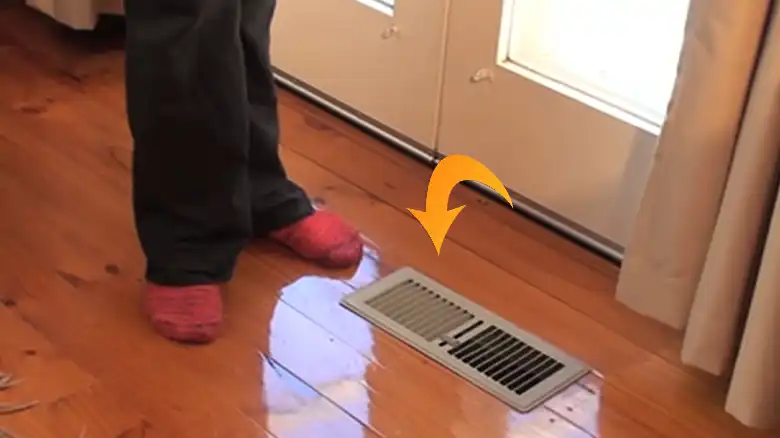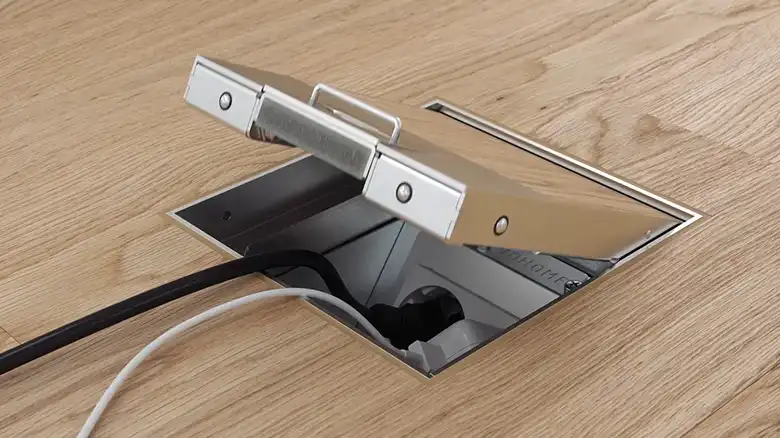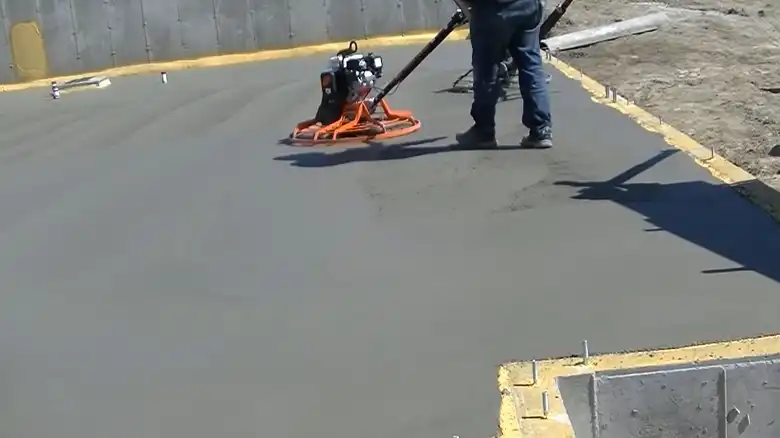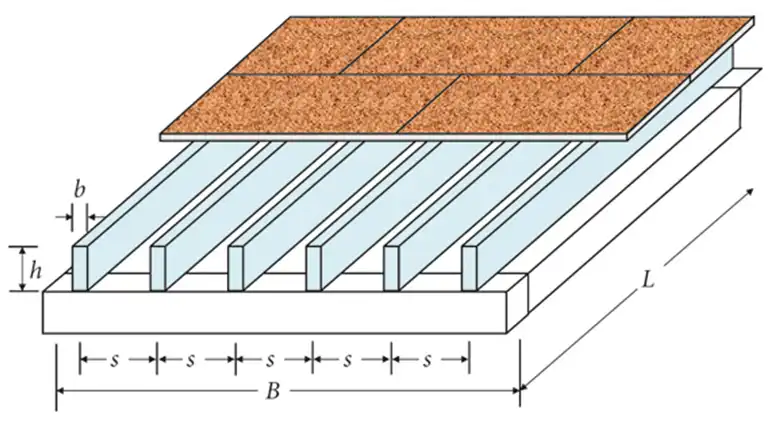Old houses often have floor vents that regulate the temperature and airflow throughout the home. These vents were an essential part of the heating and cooling systems that were popular in the past and were often the only way to circulate air throughout the house. While modern HVAC systems have largely replaced these older systems, floor vents are still common in older homes and can add to the character and charm of a historic property. In this article, we will explore why old houses have floor vents and how they were used in the past.
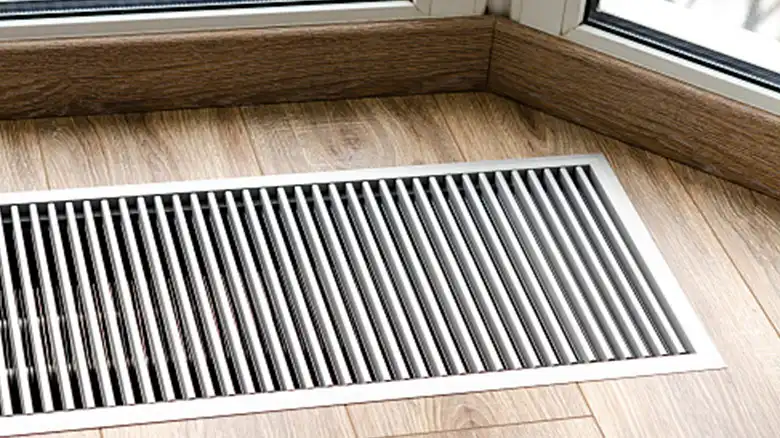
Are There Any Reasons Why Old Houses Have Floor Vents?
Many older homes feature unique architectural features, and one of these features is the presence of floor vents. These vents, typically located on the floor, served various purposes in older homes and can still be found in many properties today. Now, we’ll explore why old houses have floor vents and why they were an important part of home design in the past. There Are Several Reasons Why Old Houses Have Floor Vents. In this response, I will explore some of the reasons why old houses have floor vents.
Reason 1. Temperature Regulation
In older homes, floor vents are crucial to heating and cooling systems. These systems relied on gravity to circulate air throughout the home, with the furnace or boiler in the basement.
Warm or cool air would rise through ducts and be distributed through the floor vents, helping to regulate the temperature in each room. Floor vents were often strategically placed near exterior walls or windows, allowing for better airflow and more efficient temperature regulation.
Reason 2. Air Circulation
Before the widespread use of air conditioning, floor vents circulated fresh air throughout the home. They provided a way for stale air to escape and fresh air to enter, improving indoor air quality and overall comfort. Placing floor vents was important for achieving optimal air circulation, with vents often located near windows or doors.
Reason 3. Decorative Feature
In many older homes, floor vents were designed to be visually appealing, with ornate metal or woodwork that added to the overall aesthetic of a room. They were often incorporated into the design of a space as a decorative feature, with the size and style of the vents varying based on the home’s architectural style.
Reason 4. Architectural Necessity
Floor vents were an integral part of the architecture of many older homes, providing an efficient way to circulate air throughout the house. They were often designed to work with other architectural features, such as high ceilings or large windows, to create a comfortable and well-ventilated living space.
Reason 5. Gravity-Based Systems
The past’s gravity-based heating and cooling systems relied on floor vents to distribute air throughout the home. Warm or cool air would rise through ducts and be distributed through the floor vents via gravity without needing an electric fan or blower. And this made these systems more energy-efficient and cost-effective than modern HVAC systems, which use electricity to circulate air.
Reason 6. Retrofitting Challenges
Retrofitting an older home with a modern HVAC system can be challenging and costly. For homeowners who wish to maintain the original heating and cooling system of their older home, keeping the floor vents in place can be a way to preserve the home’s historical architecture and avoid costly renovation projects.
Reason 7. Historical Significance
Many homeowners value the historical significance of their older homes and work to preserve original features like floor vents as part of the property’s history. These features can add to the charm and character of an older home and provide a connection to the past.
Reason 8. Natural Ventilation
Floor vents can take advantage of natural ventilation, allowing fresh air to be brought into the home while stale air is expelled. And this can be especially useful in warmer months when air conditioning is unnecessary.
Reason 9. Energy Efficiency
Besides being cost-effective, floor vents were designed to be energy-efficient. Using gravity to circulate air throughout the home requires less energy than modern HVAC systems, which rely on electricity to circulate air.
Reason 10. Home Improvement
Restoring and preserving original features like floor vents can be a satisfying home improvement project for homeowners who appreciate older homes’ unique character and charm. It can also add value to the home and make it more attractive to buyers looking for a property with historical significance.
Important Note: While modern HVAC systems have largely replaced the need for floor vents, they remain a common feature in older homes. Homeowners may choose to keep them for their aesthetic appeal or historical significance, even if they are no longer in use.
Frequently Asked Questions And Answers
Are floor vents still used in modern homes?
Modern homes still use floor vents for heating and cooling purposes. However, many modern homes now use central heating and air conditioning systems with ductwork hidden in the walls and ceilings, which makes floor vents less common.
Can floor vents be replaced with wall or ceiling vents?
It is possible to replace floor vents with wall or ceiling vents, but it may require significant remodeling work. In addition, wall or ceiling vents may not distribute heat as efficiently as floor vents, so it is important to consider the pros and cons before making any changes.
Can floor vents affect indoor air quality?
Floor vents can affect indoor air quality if not cleaned regularly. Dust and debris can accumulate in the vents and circulate throughout the room, aggravating allergies and other respiratory conditions. It is important to clean floor vents regularly to maintain good indoor air quality.
Conclusion
In conclusion, floor vents were common in old houses because they provided a practical solution for regulating indoor temperatures and air circulation before the widespread adoption of modern HVAC systems. These vents allow for the natural movement of air through a building, which helps to distribute heat in the winter and cool air in the summer. Additionally, floor vents also played a role in removing stale air and improving indoor air quality. While modern homes may not rely on floor vents as heavily, they remain an important historical feature that reflects the ingenuity of past builders in creating comfortable and functional living spaces.

